While 1970s Aberdeen was characterised by the oil boom, we can’t forget its seemingly never-ending run of success in Britain in Bloom, thanks to its beautiful parks and gardens.
Historically, Aberdeen was so successful in Britain in Bloom, the urban myth still persists that it was banned from entering.
Although this wasn’t strictly true, the competition rules were actually changed to give other communities a chance.
Britain in Bloom rules changed after Aberdeen’s hat-trick win
Aberdeen won gold for best city in the national competition in 1965, 1969, 1970, 1971, 1973, 1974, 1977, 1979, 1987, 2006, 2014, 2016, 2017 and 2018.
And that was in addition to regular wins in the Scottish finals of the contest.
But in February 1972, a press conference held in Aberdeen announced the city would not progress to the Britain in Bloom finals that year.
At this time, the competition was run by the British Tourist Authority, and there was growing resentment elsewhere at Aberdeen’s continued success.
Following the 1969-71 hat-trick, the rules changed to ensure any community which won the national trophy two years in a row could not win again the following year.
While the rule was universal and applied to all communities across Britain, it gave the illusion that Aberdeen was banned, simply because it won so often.
Aberdeen was just a victim of its own success.
Anderson Drive roses were like floral guard of honour
Part of what made the city so successful was not only its exquisite parks – which still win awards – but also the manicured gardens of residents.
And, of course, not forgetting the world-famous roses which once lined Anderson Drive, like a floral guard of honour for drivers heading through Aberdeen.
James Riddell, head gardener to the Duke of Roxburgh at Floors Castle, Kelso, was a competition judge in 1976.
He said: ”We don’t have to look for anything when we come to Aberdeen – it’s already there to see.”
While another judge quipped the quality of horticulture in Aberdeen was “hard to surpass”.
And Aberdeen is still blooming marvellous when it comes to green spaces.
Last year, Aberdeen once again took the prestigious gold in the Britain in Bloom’s city category.
It was also a finalist in the 2020 Britain in Bloom in the champion of champions category, but unfortunately the competition was cancelled due to the pandemic.
Gallery: Remembering decades of success in Britain in Bloom in photos
If you liked this, you might like:
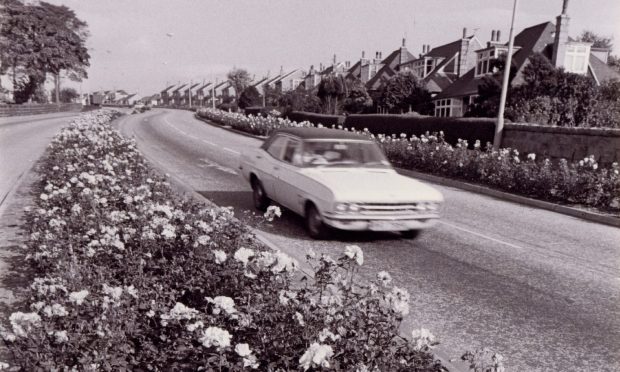
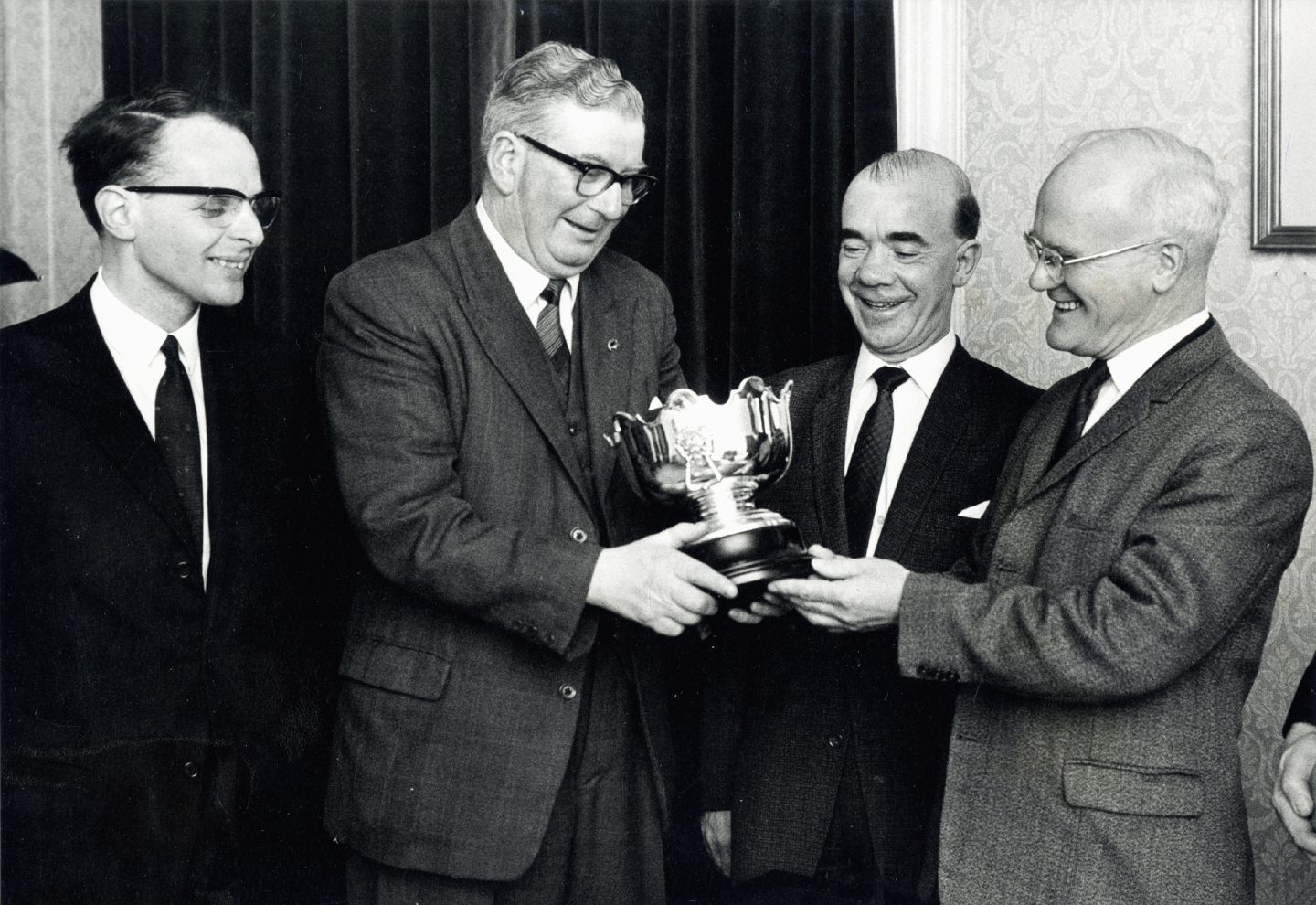
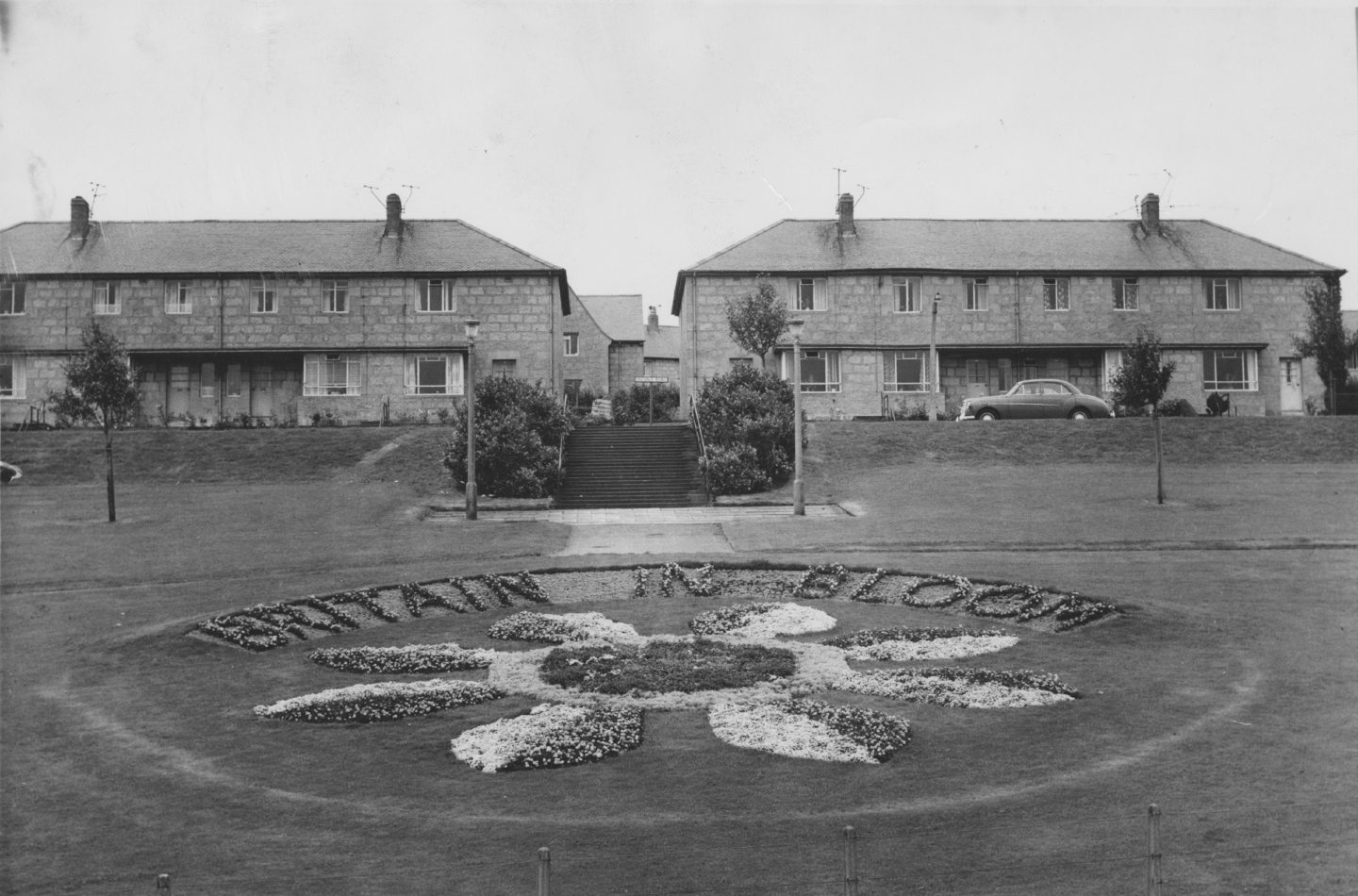
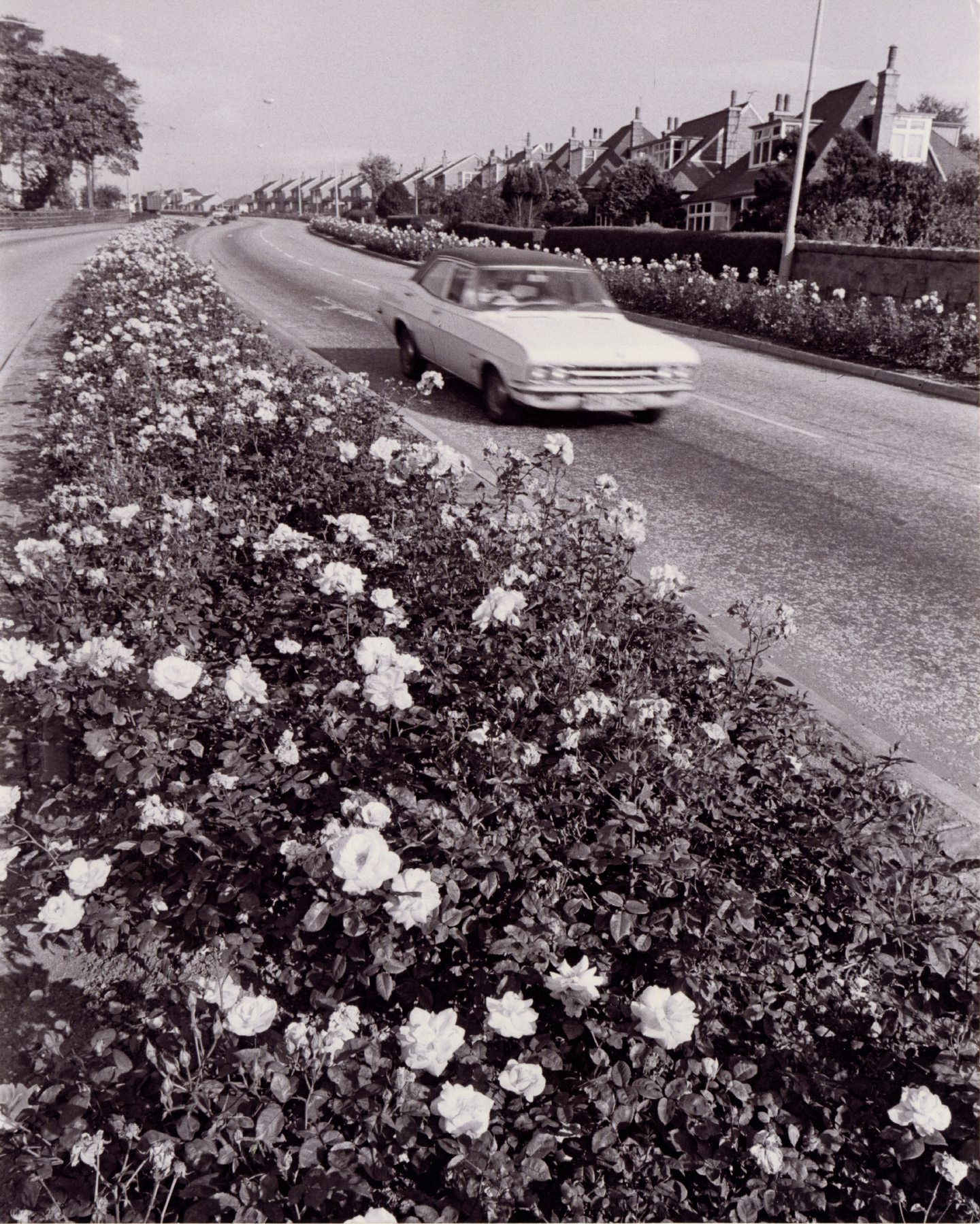
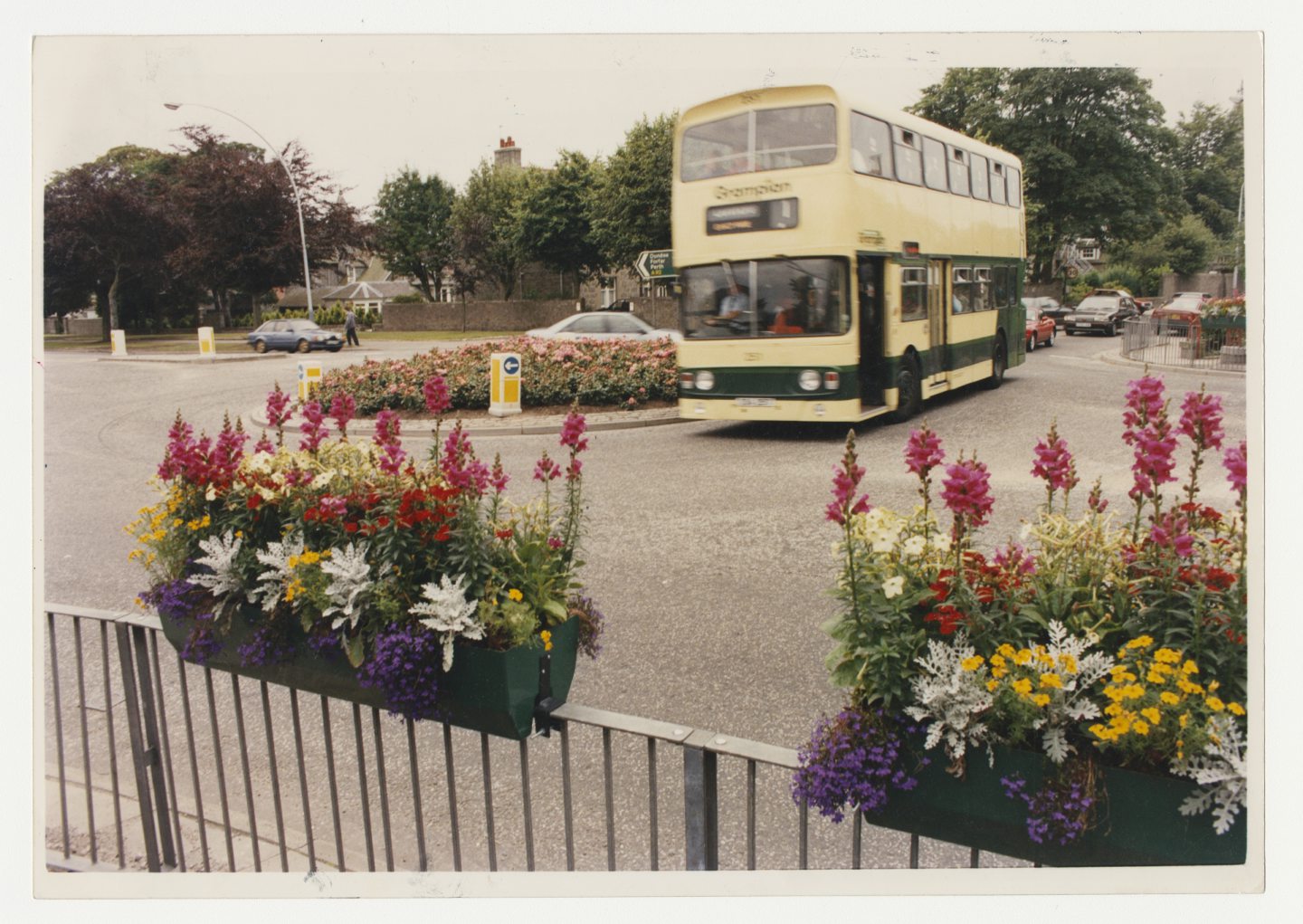
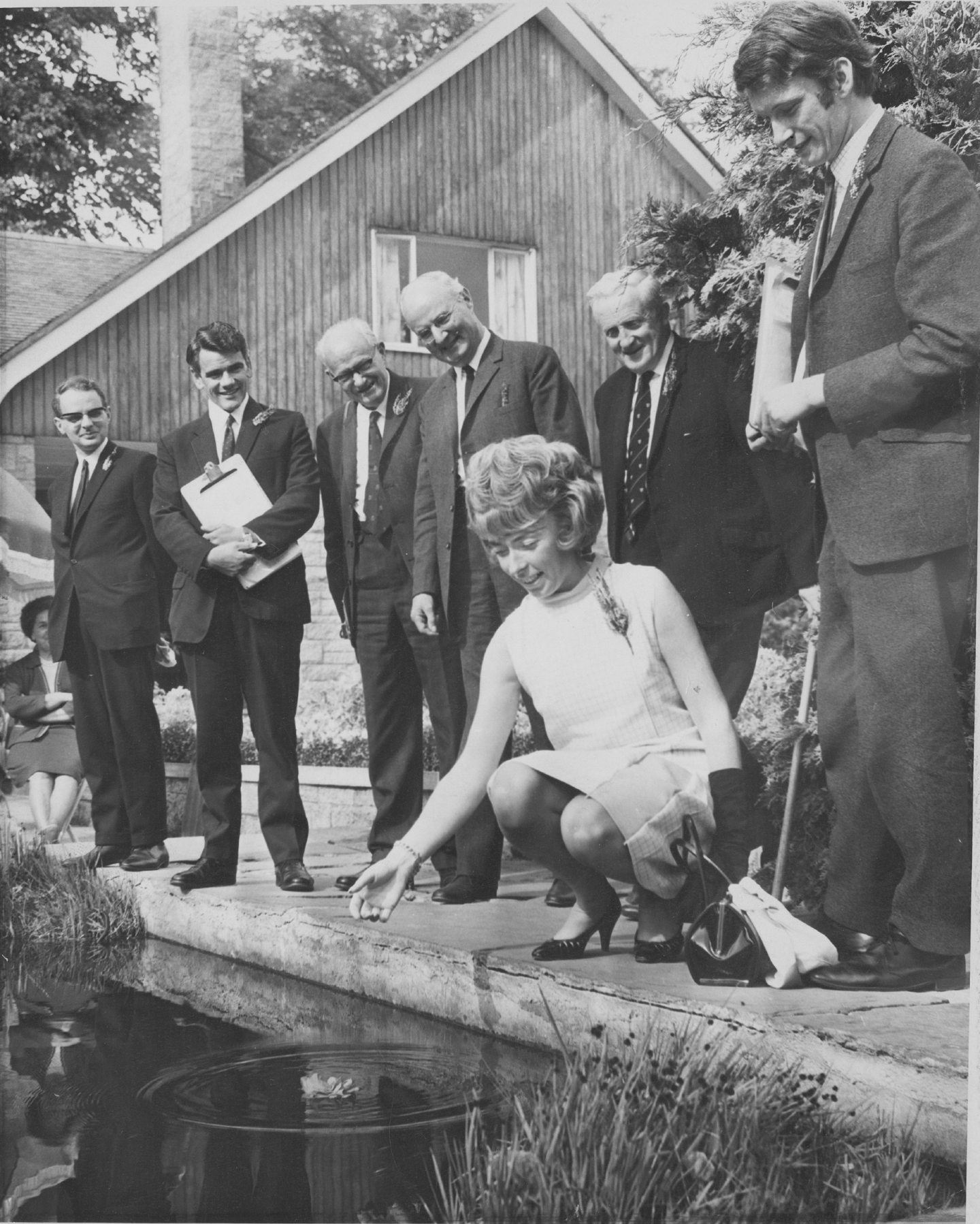
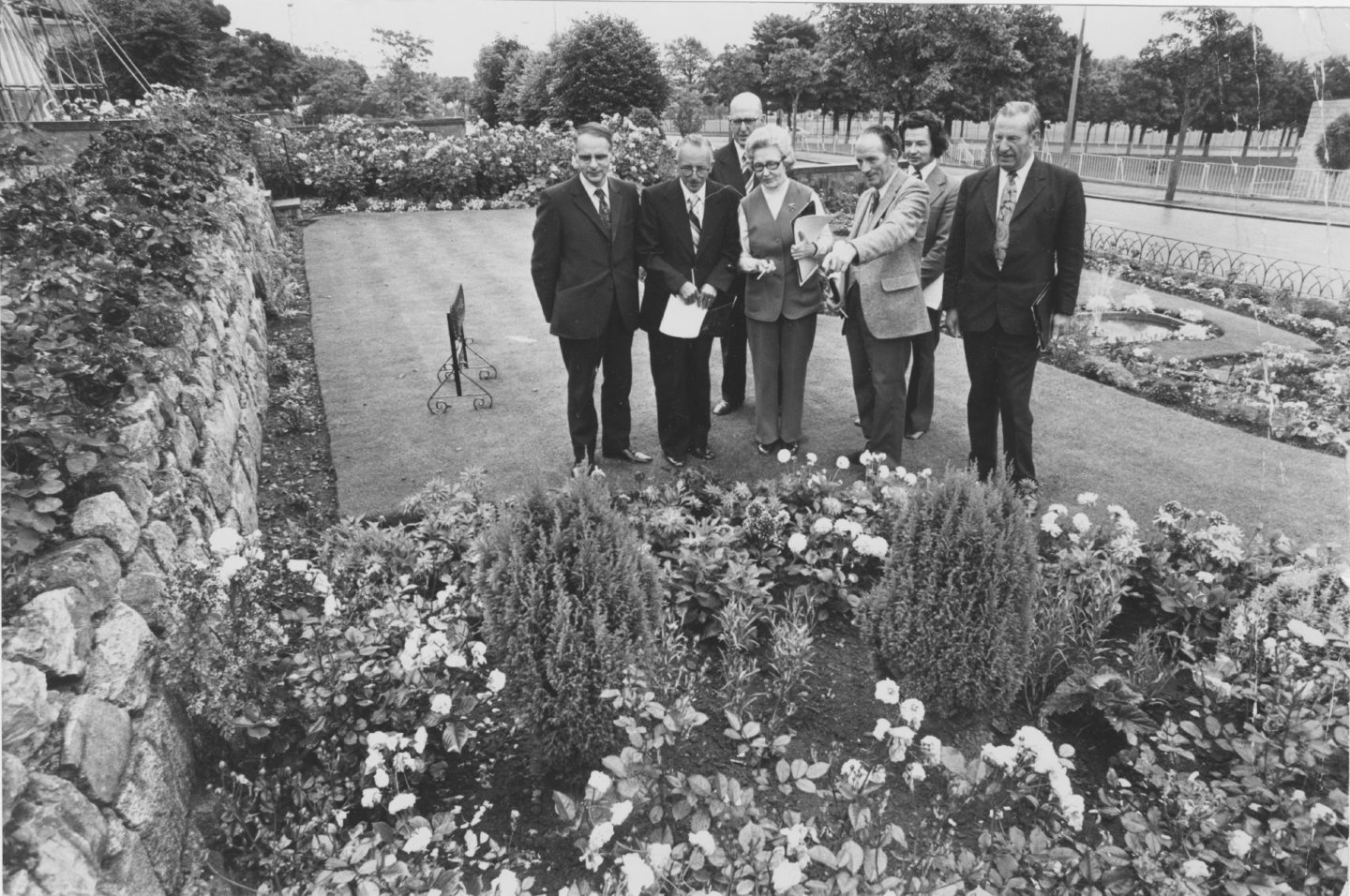
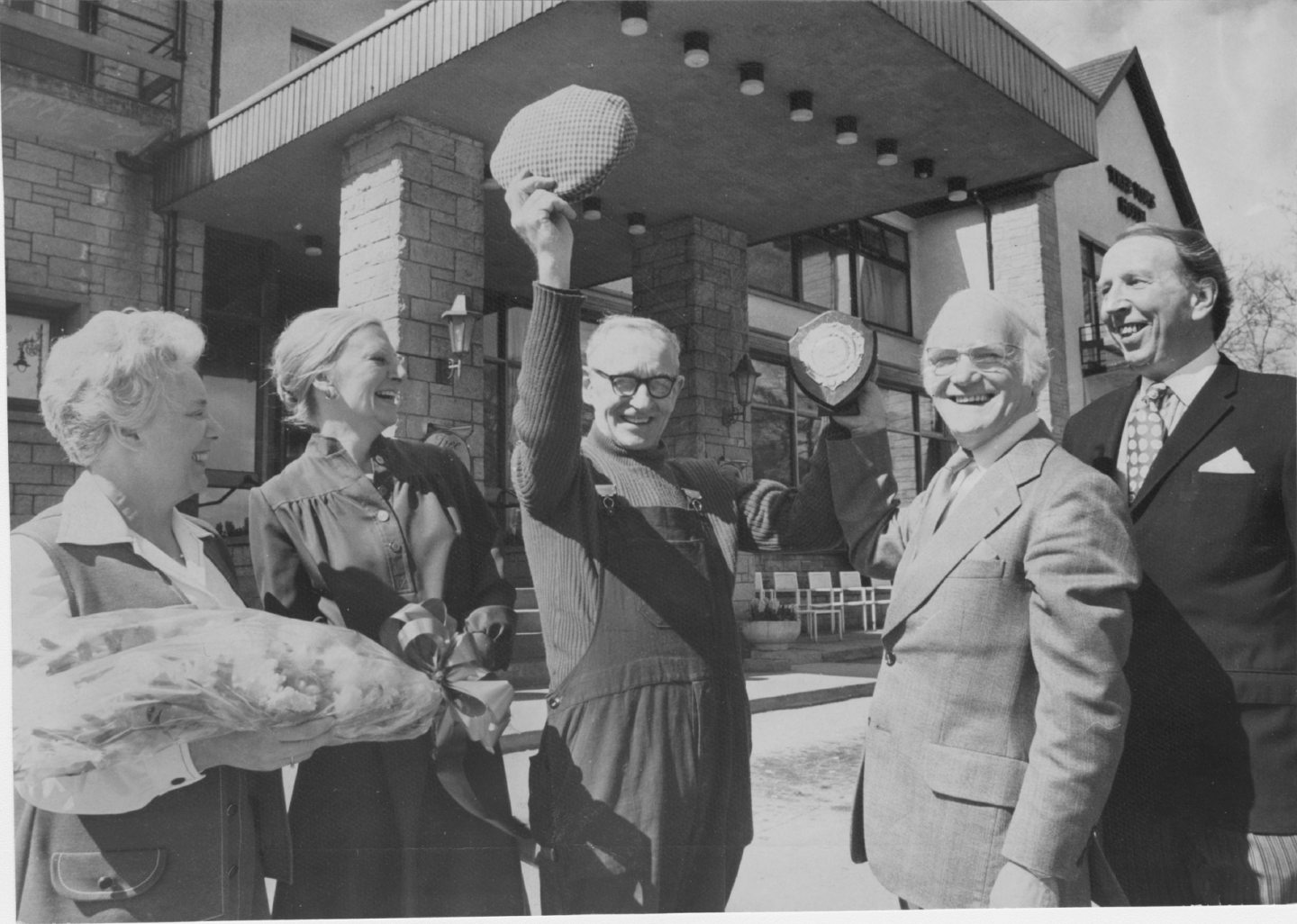
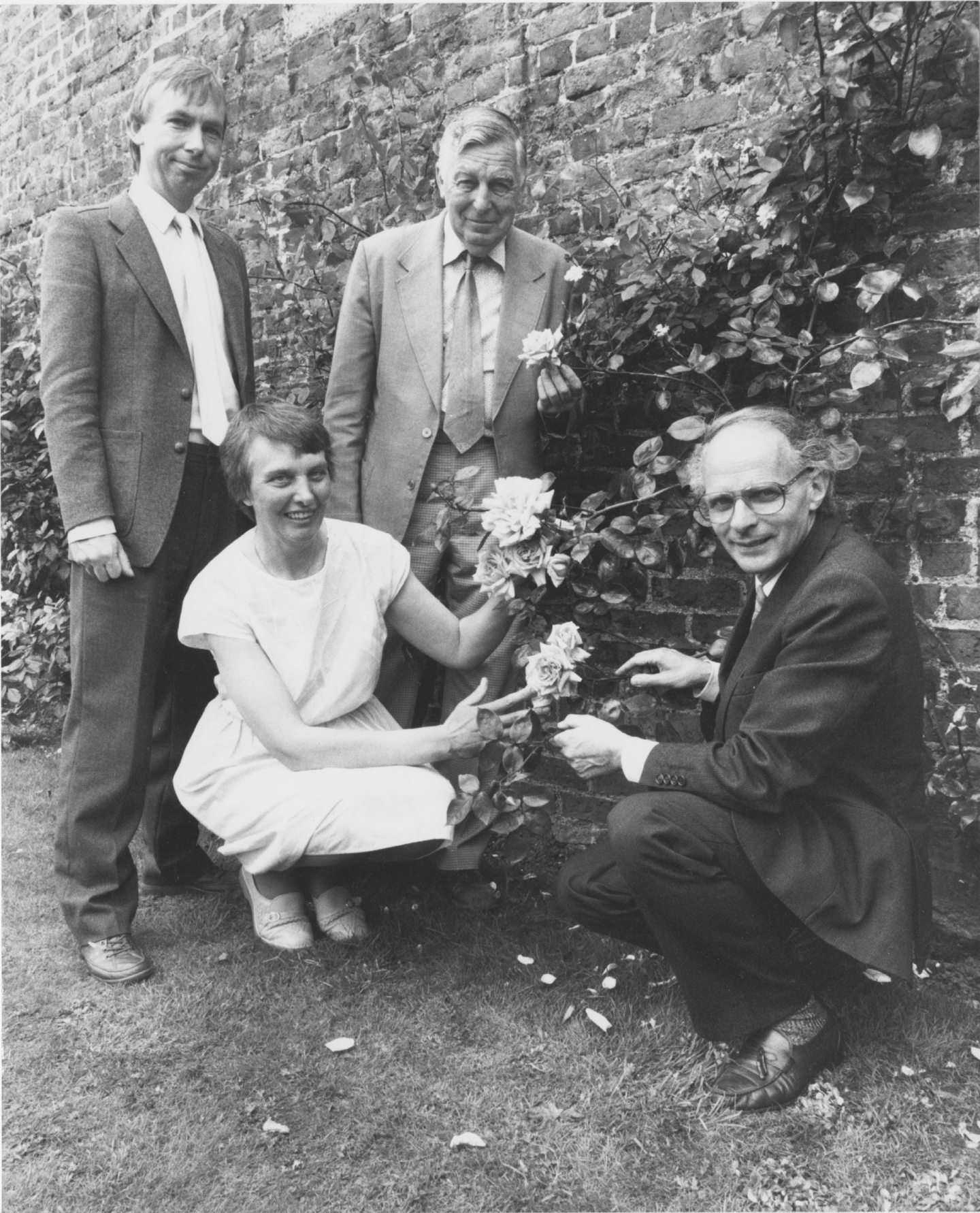
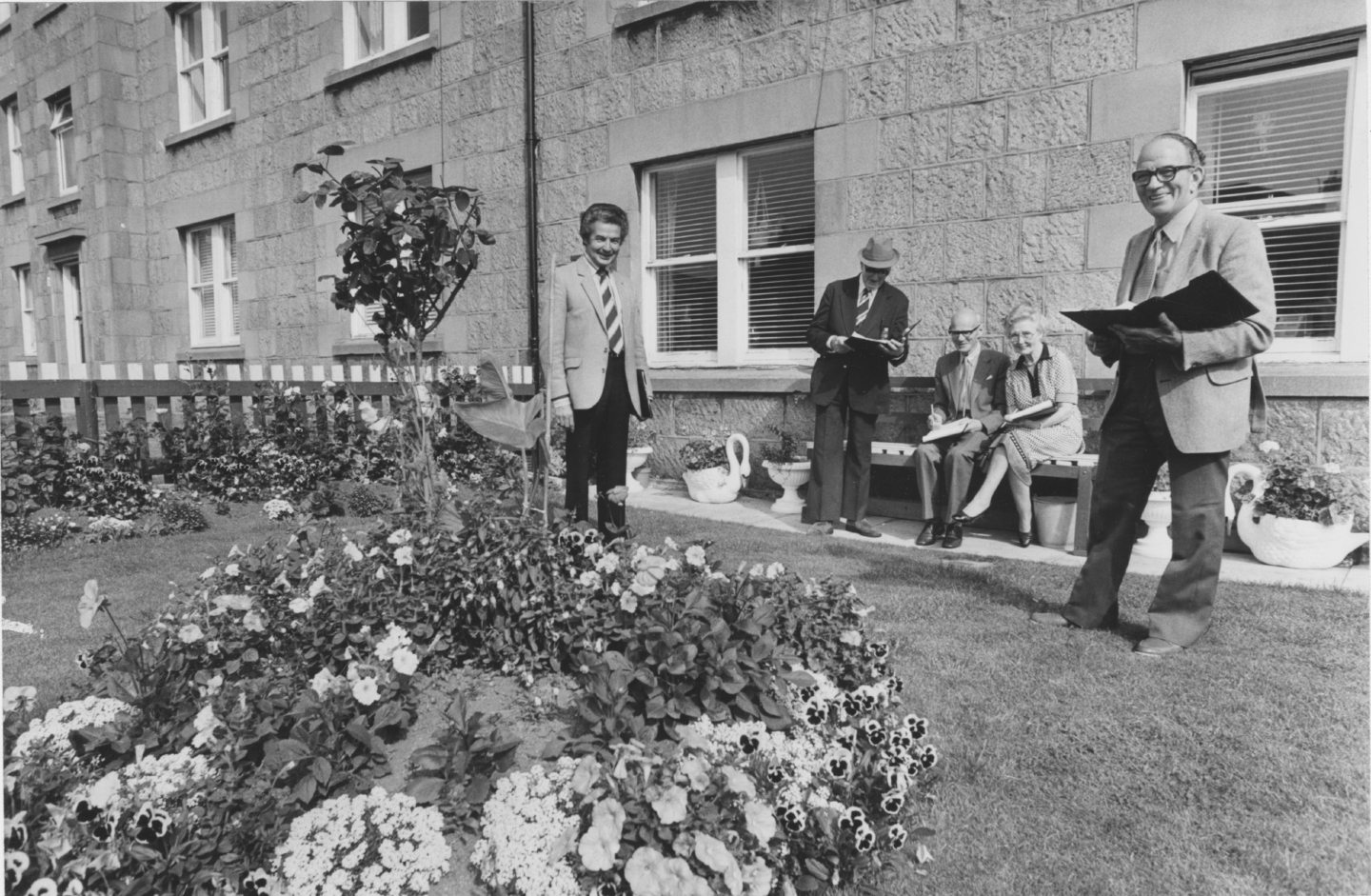
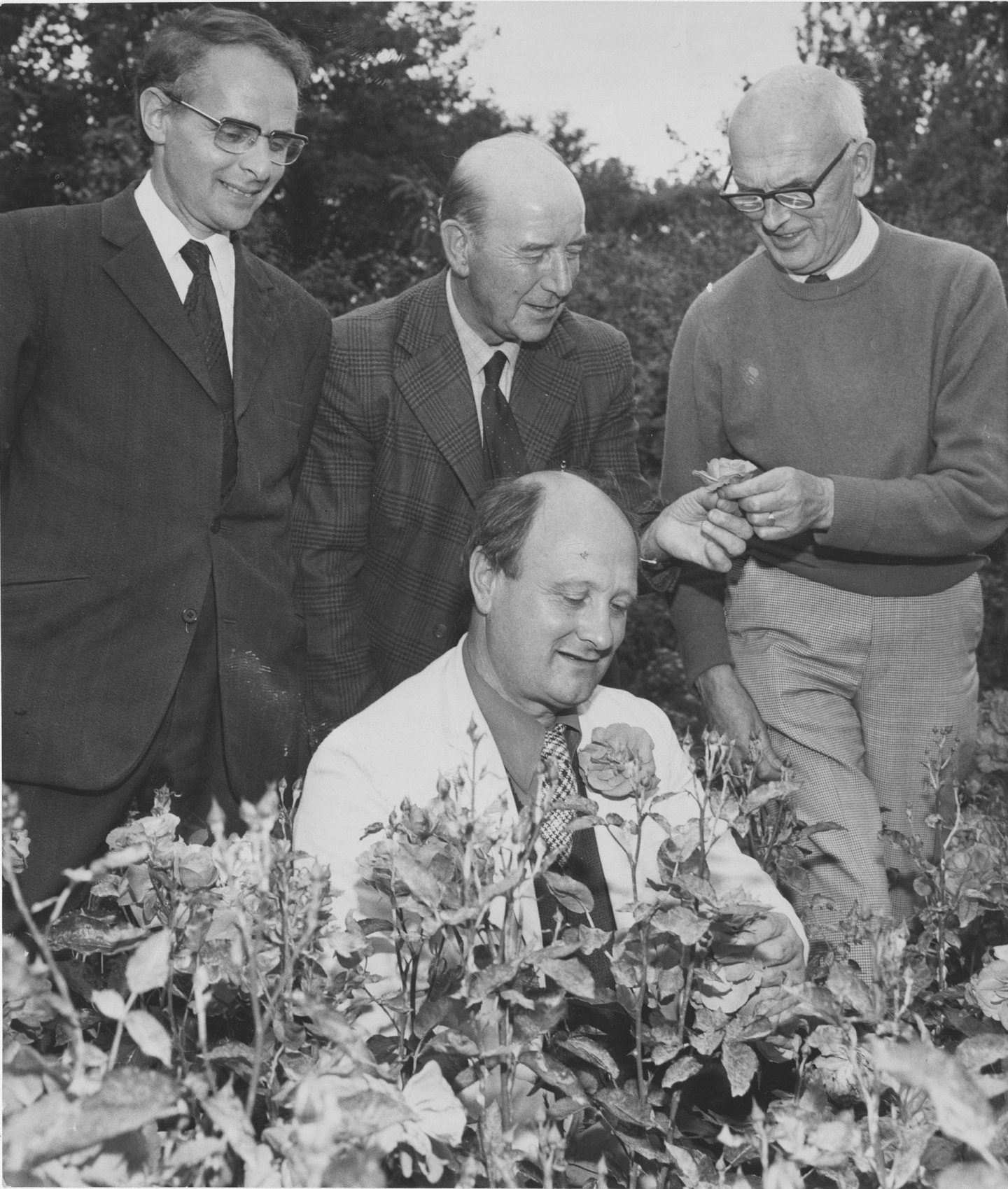
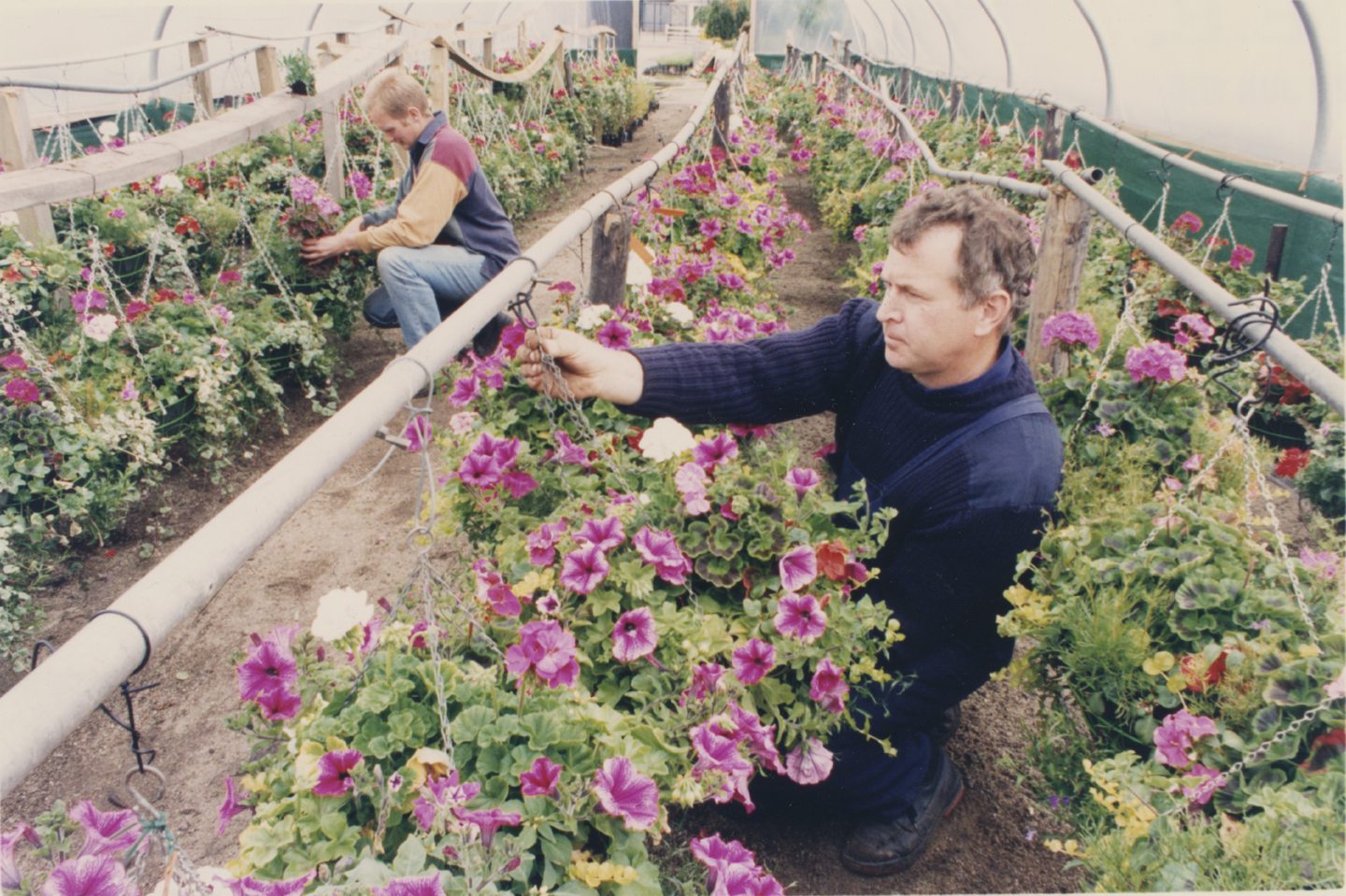
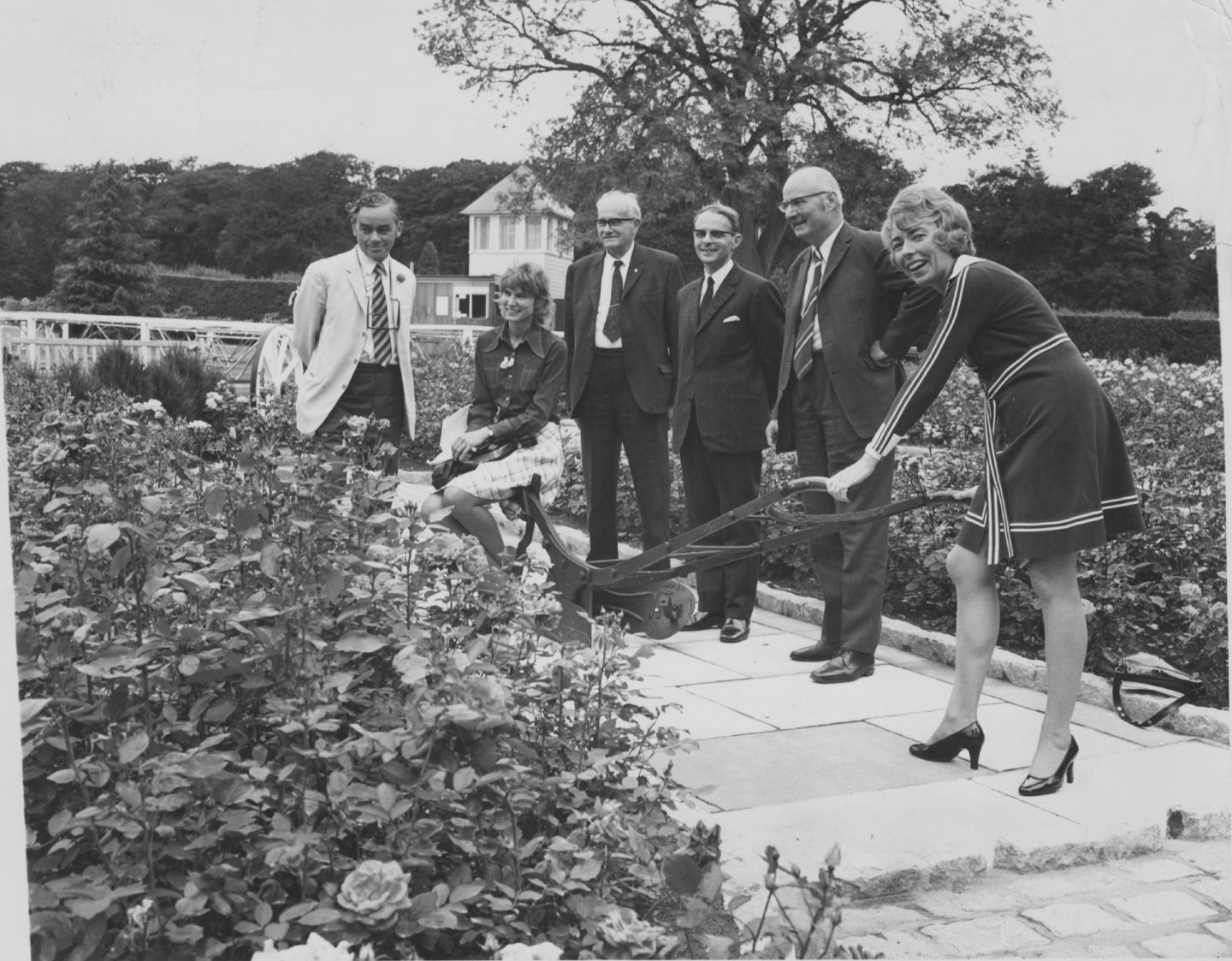
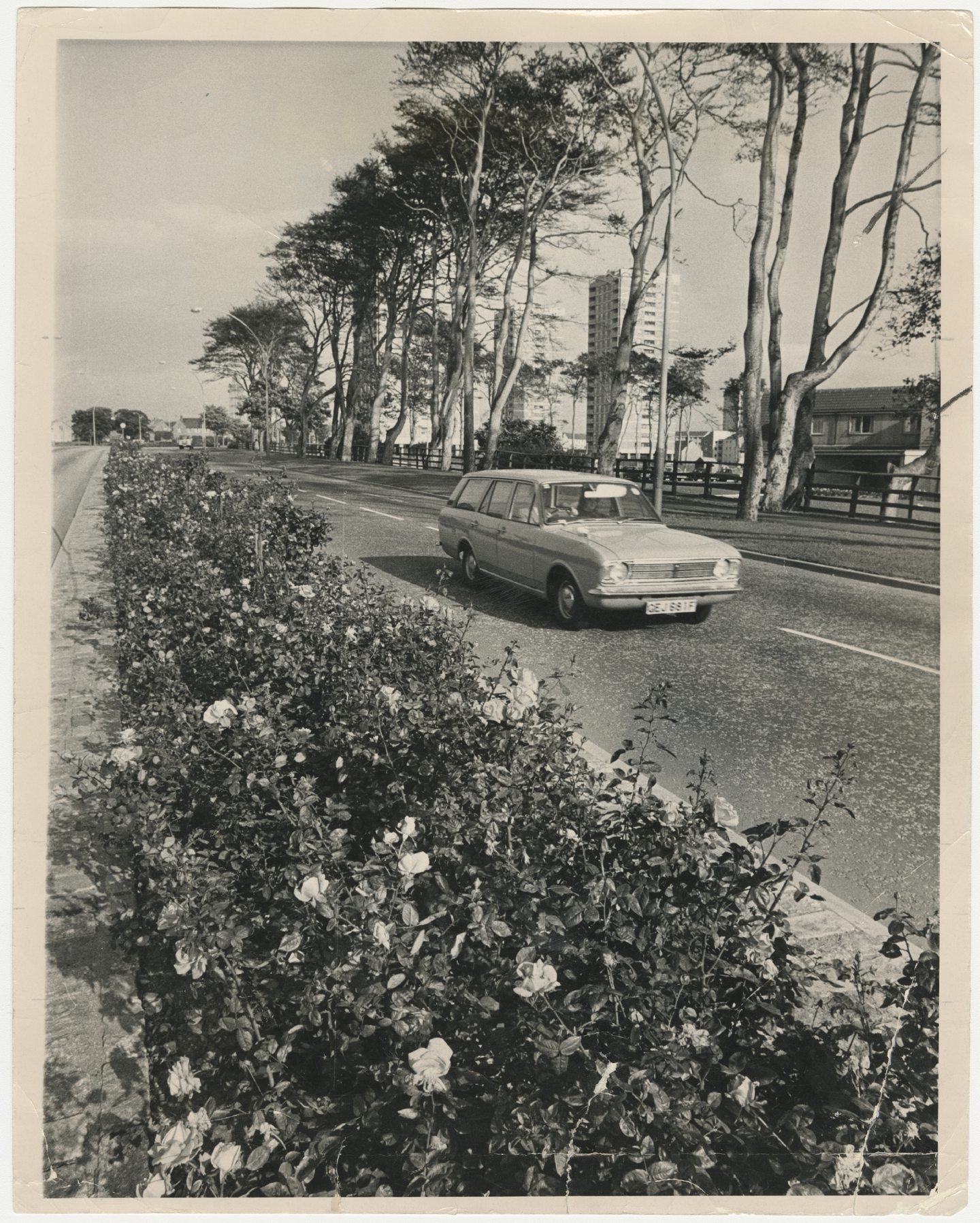
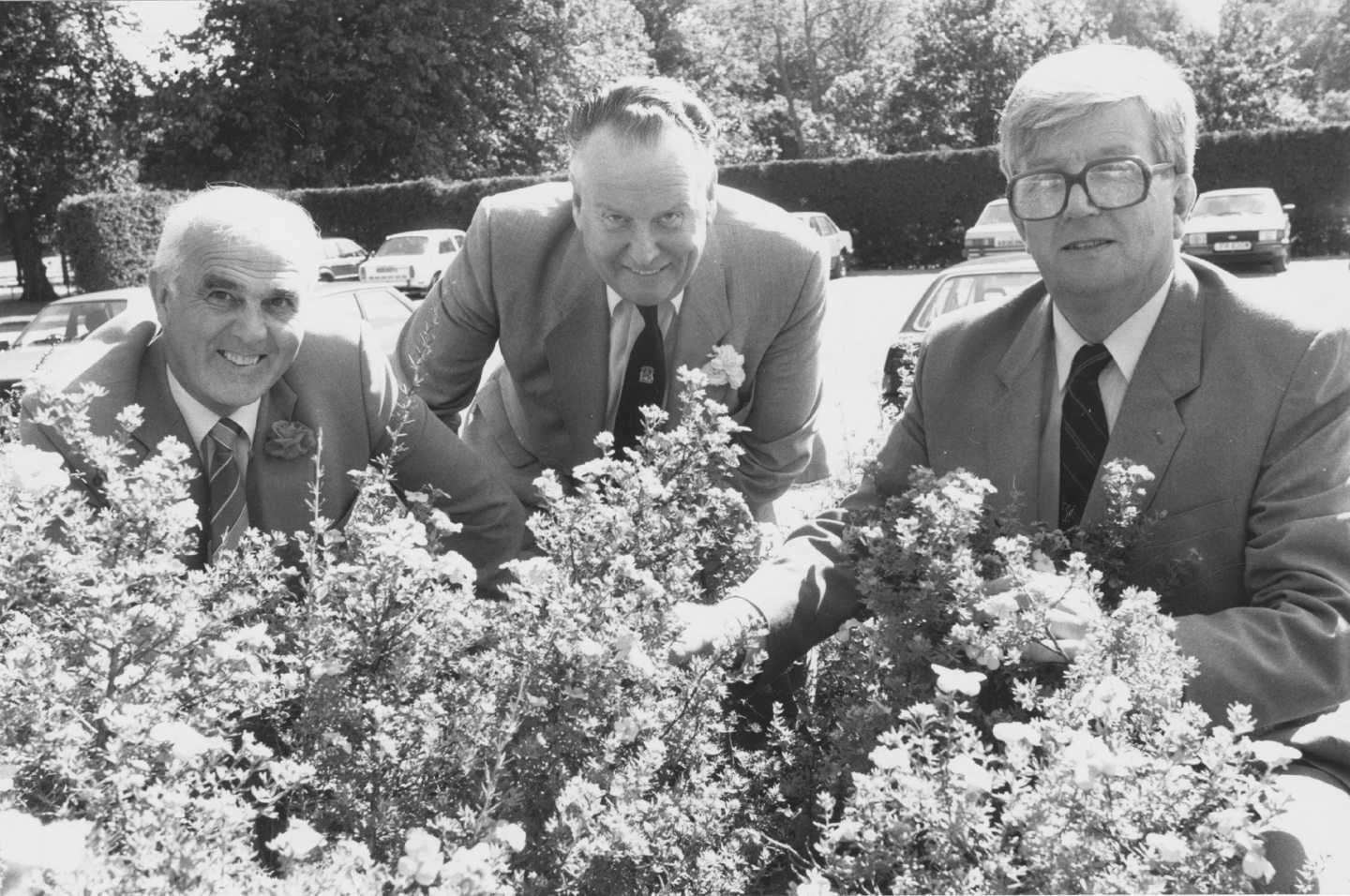
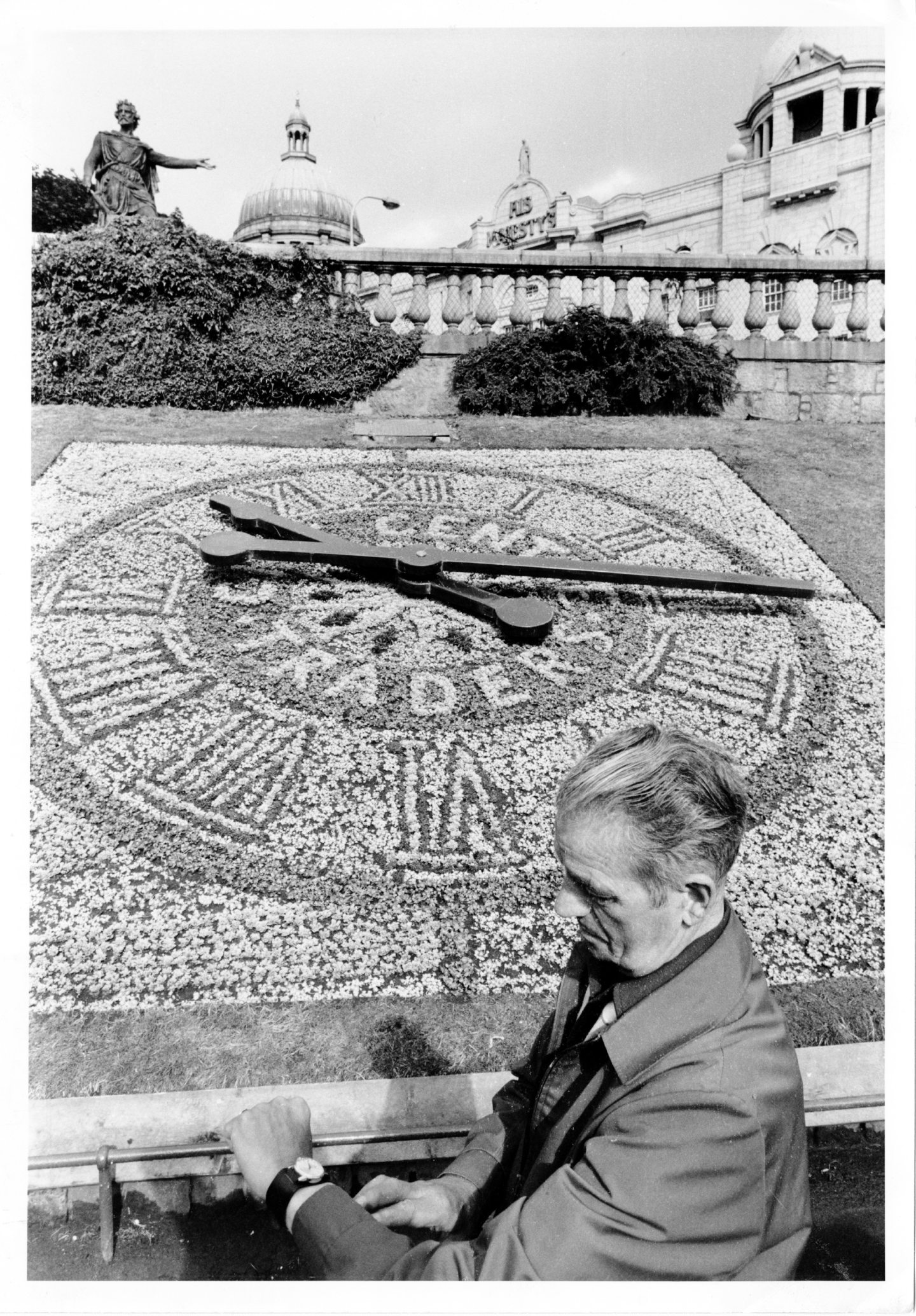
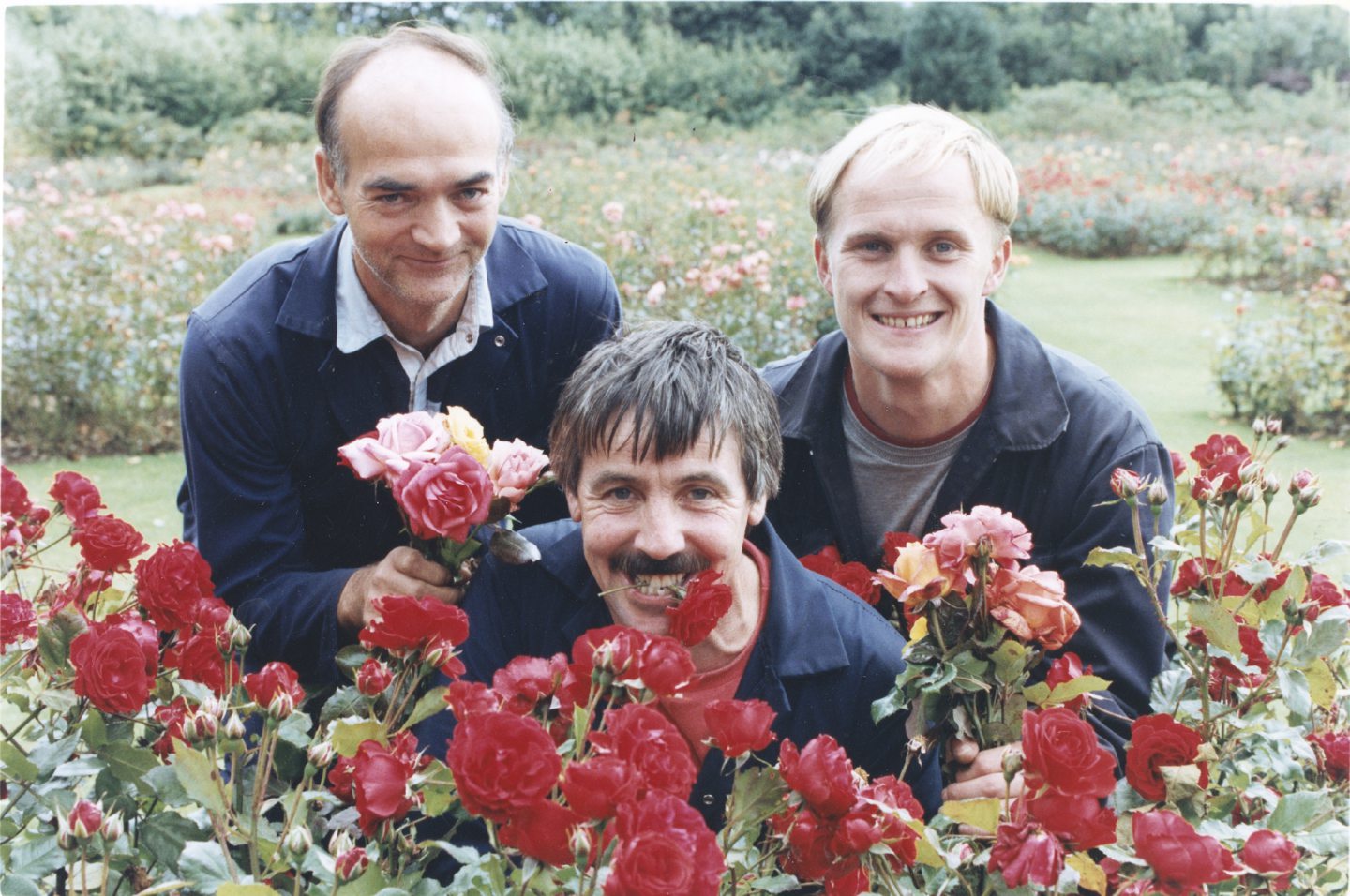
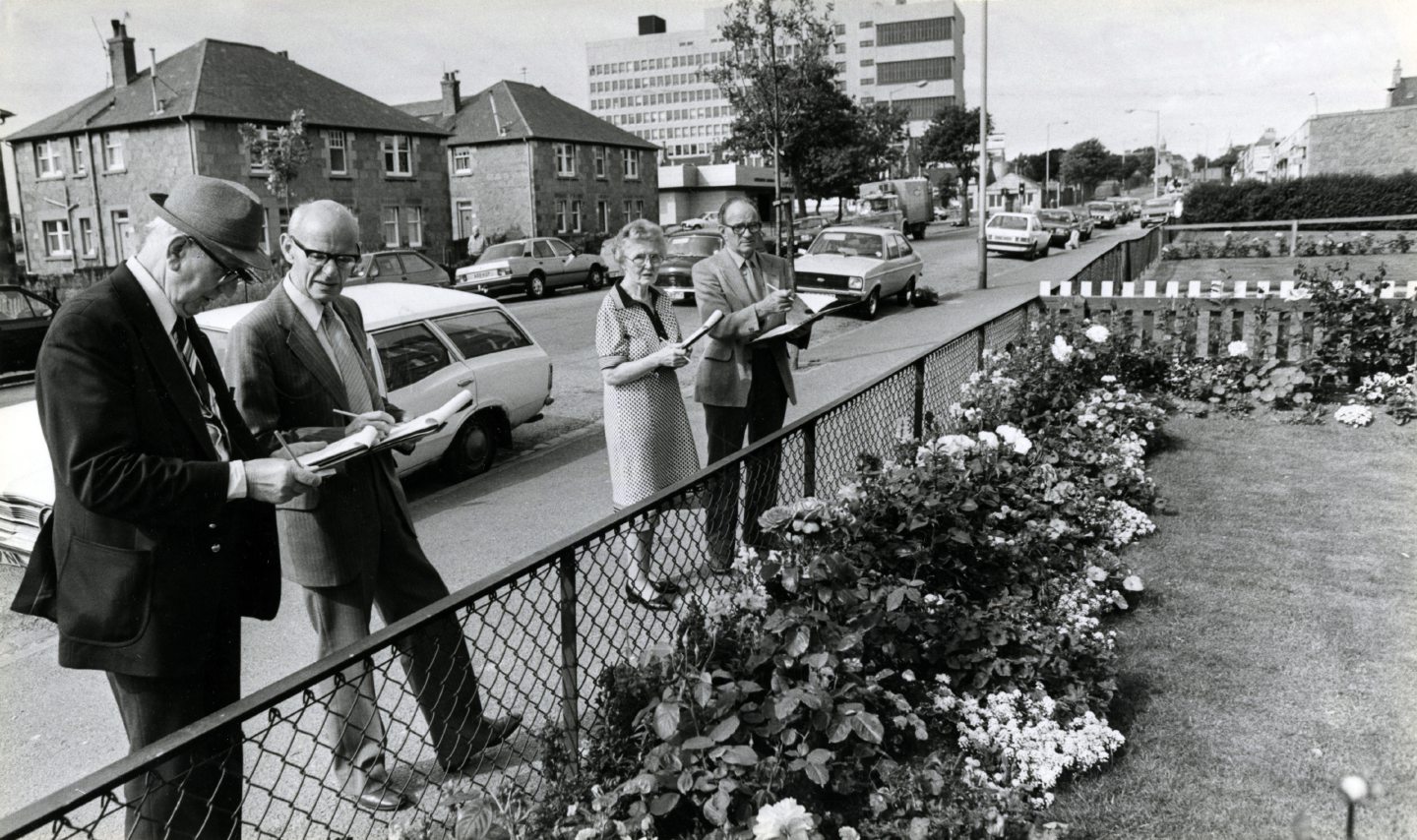
Conversation